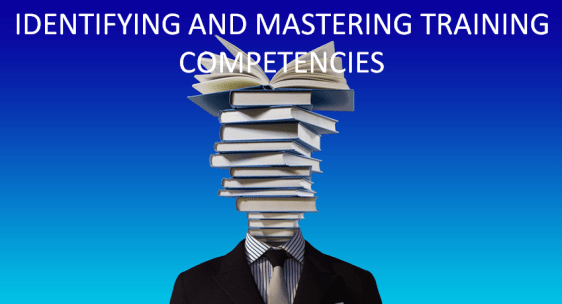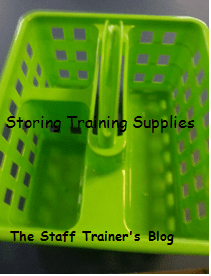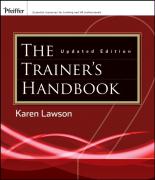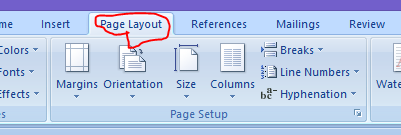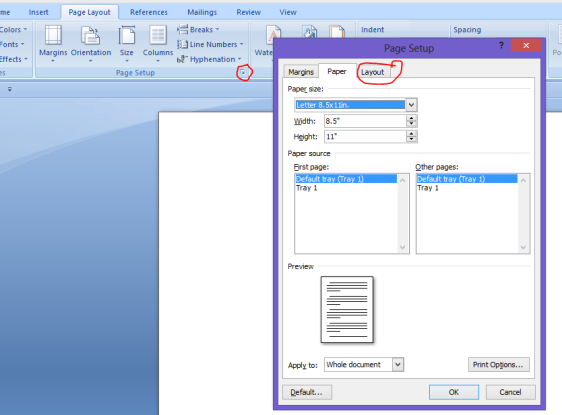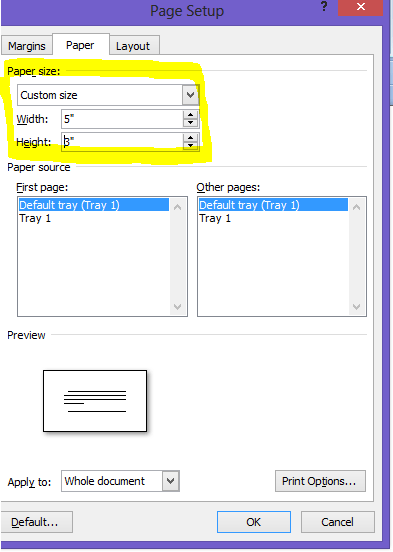Many organizations are moving towards competency-based programs that focus on the skills and knowledge of the performer in the workplace including objectives that are measurable.
Use this post to gauge your training competency skills.
0-Expert
1- Intermediate
2-Novice
Develop Training Material
- Develop learner and facilitator guide
- Develop materials to support transfer of learning
- Develop materials to support transfer of learning
- Create audio and visual aids
- Develop materials to evaluate learner reaction
- Develop materials to evaluate transfer of learning
Instructional Design- Design and develop informal and formal learning solutions using a variety of methods:
- Conduct a needs assessment
- Identify appropriate learning approach
- Collaborate with others
- Design a curriculum, program, or learning solution
- Design instructional material
- Analyze and select technologies
- Integrate technology options
- Develop instructional materials
- Evaluate learning design
Training Delivery- Deliver informal and formal learning solutions in a manner that is both engaging and effective:
- Manage the learning environment
- Prepare for training delivery
- Convey objectives
- Align learning solutions with course objectives and learner need
- Establish credibility as an instructor
- Create a positive learning climate
- Deliver various leaning methodologies
- Facilitate learning
- Encourage participation and build learner motivation
- Deliver constructive feedback
- Ensure learning outcomes
- Evaluate solution
Learning Objectives
- Develop performance conditions
- Develop objective conditions
- Develop criterion for objectives

